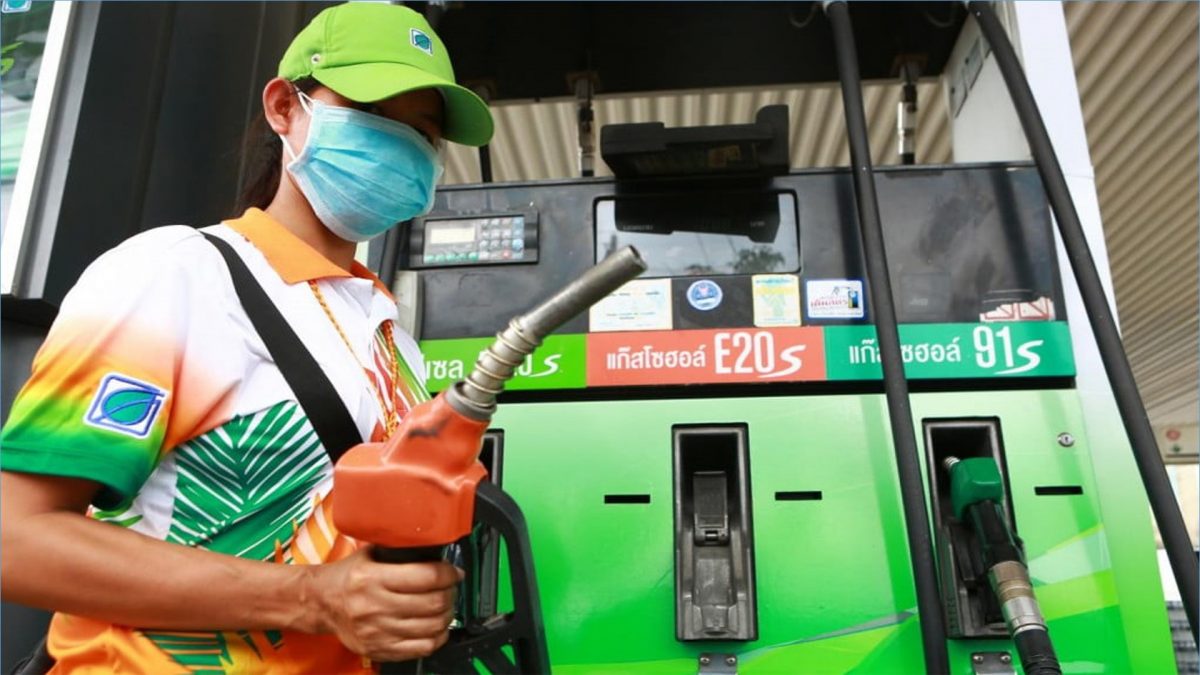Table of Contents
ToggleIntroduction:
The Indian government plans to discourage sugar mills from diverting sugarcane for ethanol production. This move aims to boost sugar supplies in the domestic market after below-average monsoon rains threatened to reduce the sweetener’s output this year.
Analysis for Layman:
India is the world’s second-largest sugar producer. Ethanol is blended with gasoline as a biofuel. Sugarcane juice and a byproduct called B-Heavy molasses have higher sugar content. So they fetch better prices for mills when sold to make ethanol, compared to making sugar out of them. But this year, India expects lower sugarcane output due to poor monsoon rains. To boost sugar supplies domestically, the government wants to stop mills from using cane juice and B-Heavy molasses for ethanol. Mills can still produce ethanol, but only from C-Heavy molasses which has negligible sugar left.
Original Analysis:
This policy shift indicates the government prioritizes domestic sugar availability and prices over its ethanol blending targets. India has an ambitious ethanol blending roadmap to reduce oil imports. But the unpredictability demonstrates the challenges in implementing long-term blending plans when agricultural output varies due to monsoon volatility. The sugar industry invested significantly in ethanol capacity recently. The change is a temporary setback for them. However, when cane output recovers, ethanol exports could rise again. This exemplifies the complex linkages between energy security, food inflation, and climate vulnerabilities for India.
Impact on Retail Investors:
For retail investors, this policy change brings short-term uncertainty for sugar companies. The profitability of integrated sugar/ethanol producers like Balrampur Chini, Dhampur Sugar etc. could be impacted if diversion to ethanol is restricted. Their byproduct revenues may dip. However, sugar prices are already rising due to lower output forecasts. So stronger sugar realizations could offset some impact. Investors should monitor the ethanol blending guidelines finalization. Any allowance to use B-Heavy molasses for ethanol, even if partial, could favorably impact integrated ethanol producers.
Impact on Industries:
The oil & gas sector has to temper expectations of meeting ethanol blending targets if supply is lower. OMCs like IOCL, HPCL, BPCL may see higher ethanol procurement costs. Sourcing alternatives like 1G ethanol imports also have cost and quantity challenges. However, potentially higher sugar exports from India could benefit global soft commodity traders like Cargill, Louis Dreyfus Company etc. Food processing sectors using sugar as inputs could witness some inflation too.
Long Term Benefits & Negatives:
The long-term downside is the roadblock towards India’s 20% ethanol blending ambitions. But it highlights the impetus on self-sufficiency in essential food commodities. In the long run, this thrust could encourage investments in drought-resilient sugar cane seeds. It may also accelerate India’s development of 2G ethanol technology using agri-waste. Once implemented, it can prevent this fuel vs food dilemma.
Short Term Benefits & Negatives:
In the short term, the move safeguards against a potential surge in domestic sugar prices. But it dents ethanol supplies just as global crude oil prices rise again. To partly offset this, the government may have to allow more duty-free, subsidized sugar exports. However, excessive exports can stimulate food inflation. So managing these trade-offs remains tricky.
Companies that Gain:
Sugar manufacturers like Balrampur Chini, DCM Shriram, Dalmia Bharat Sugar with large sugar production capacities could see revenue improve with higher sugar realizations. Firms involved in sugar exports like Renuka Sugars, EID Parry, Uttam Sugar could benefit. However, their ethanol revenue potential reduces.
Companies that Lose:
Integrated ethanol producers like Praj Industries, Triveni Engineering could see some pressure if ethanol production using sugarcane juice/B-Heavy molasses is discouraged. BFSI lenders to the sugar industry may witness slightly higher credit risk if the ethanol revenue cushion erodes.
Additional Insights:
This policy shift exemplifies India’s complicated trilemma between energy security, food security and an unreliable monsoon. The long-term solution lies in utilizing 2G ethanol using agricultural waste and boosting sowing of drought-tolerant sugar cane varieties.
Conclusion:
The Indian government’s move to restrict ethanol production from sugarcane demonstrates the difficult trade-offs between achieving self-sufficiency in sugar and clean energy. For investors, tempering expectations from ethanol blending targets while monitoring sugar realizations is prudent.
Source Citation: India plans to discourage ethanol production to prioritise sugar: Sources. (2023, December 7). Reuters.
